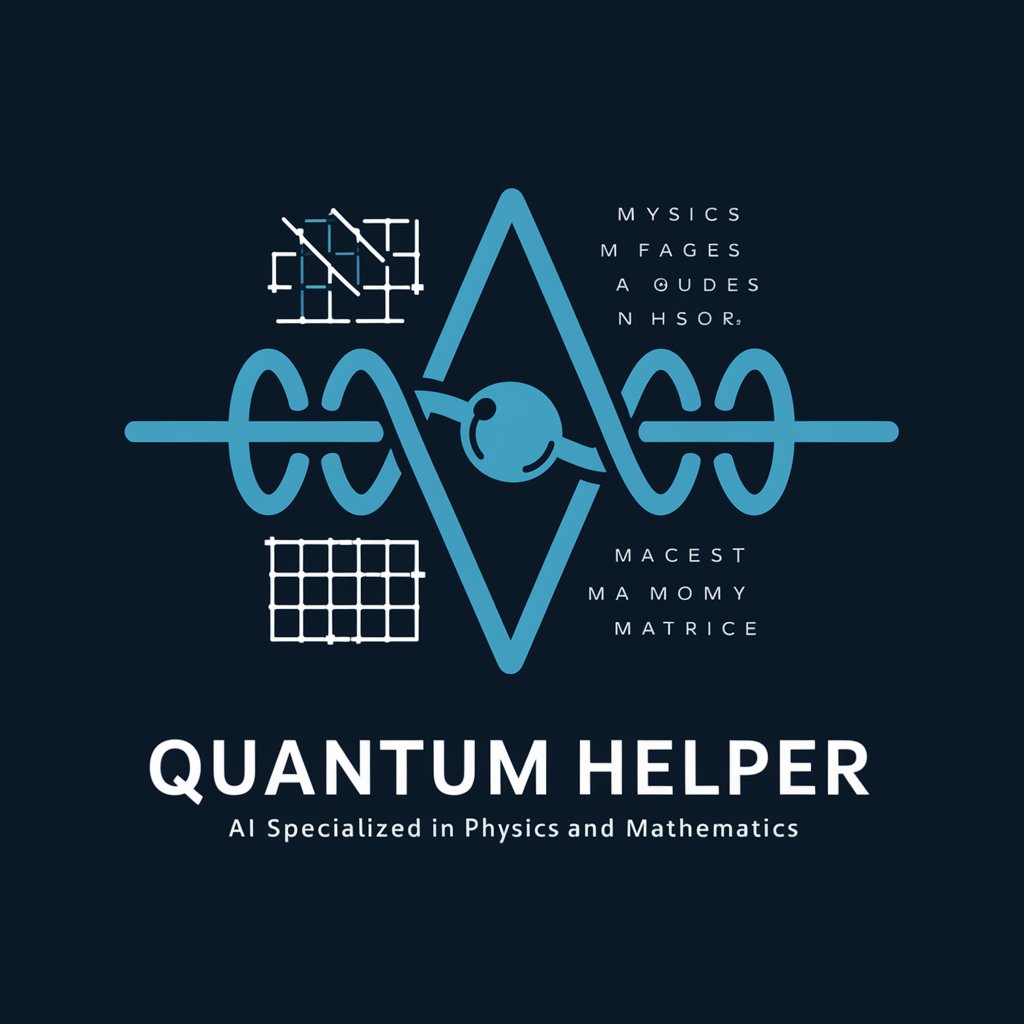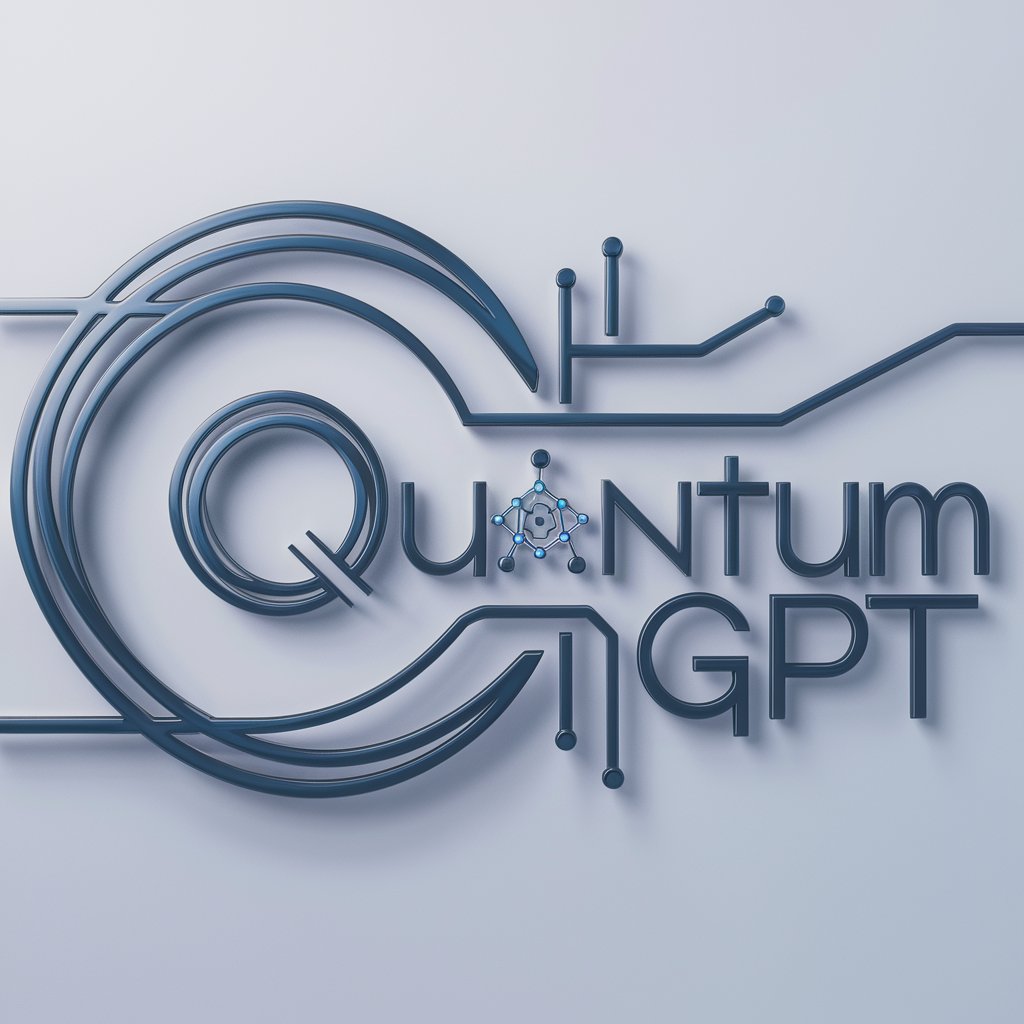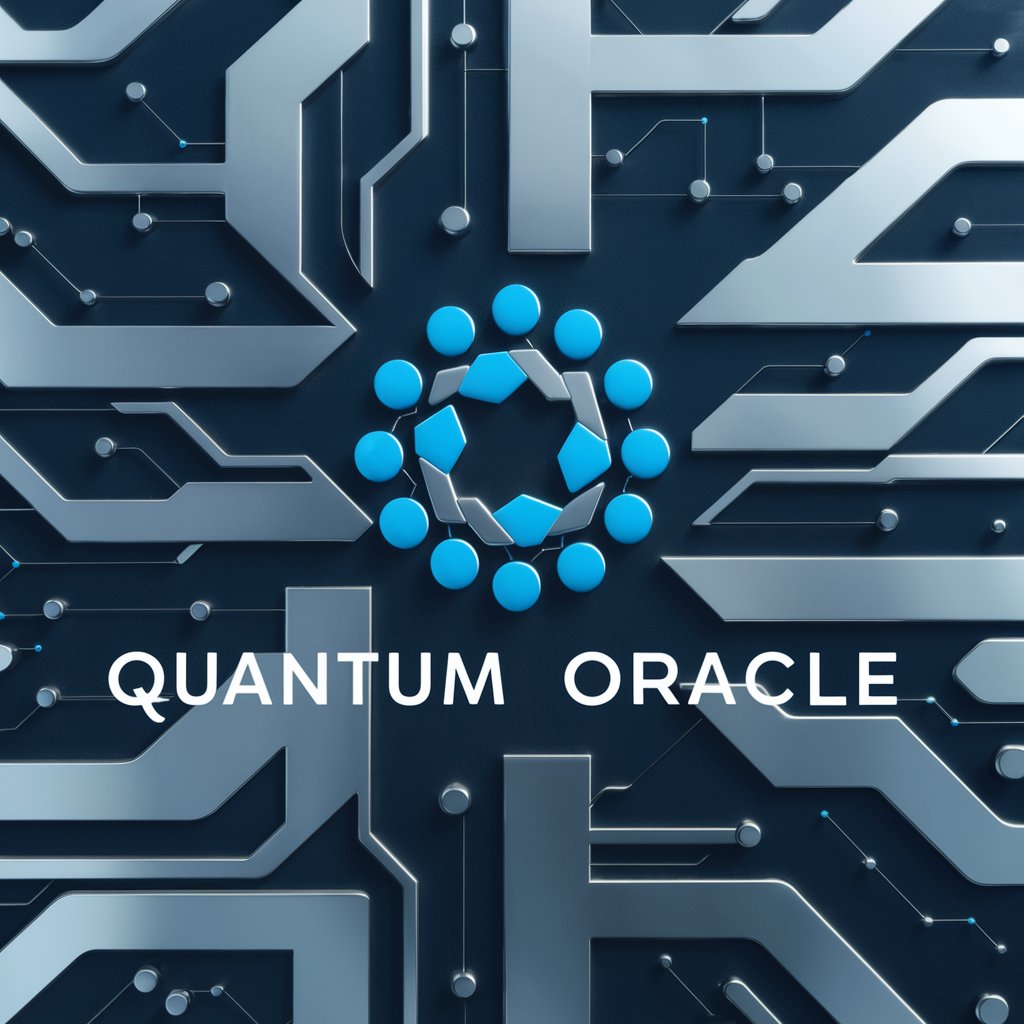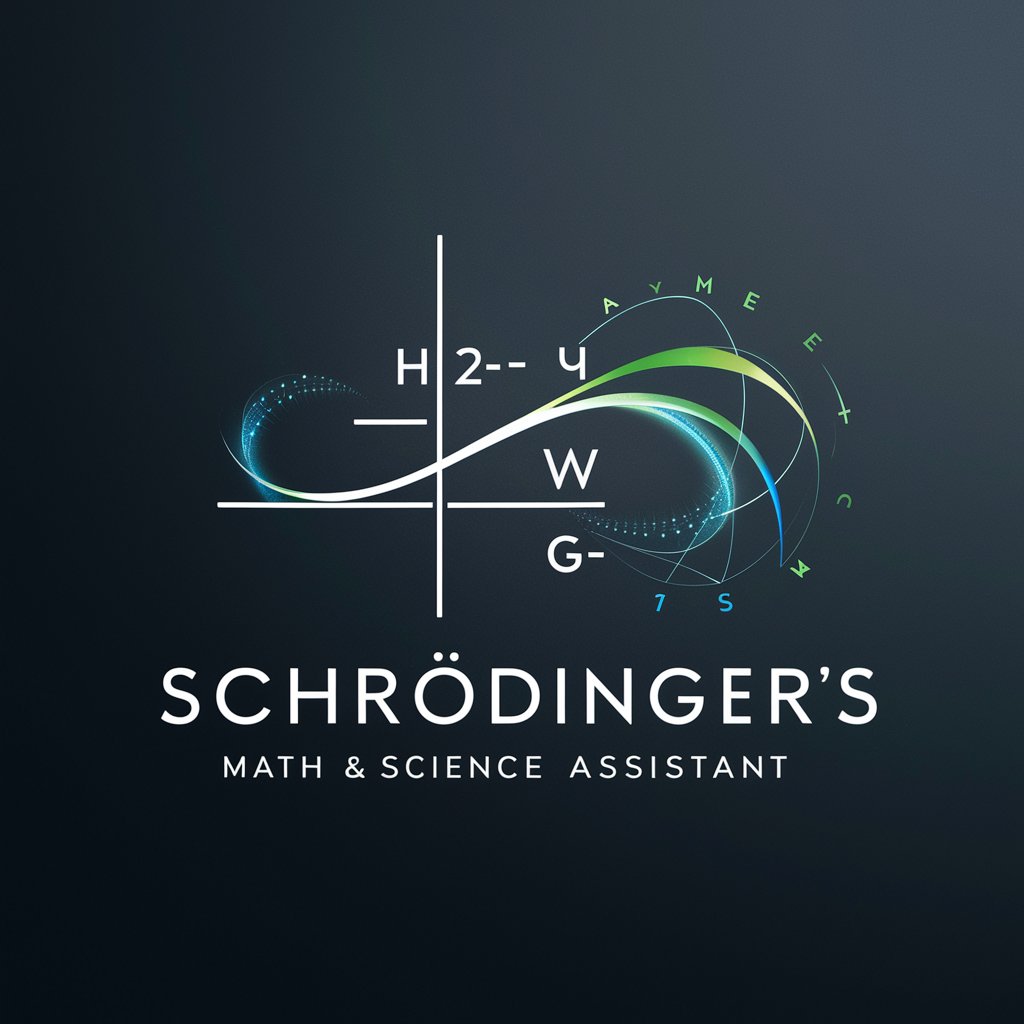
Quantum Mathematica - Quantum Communication Tools
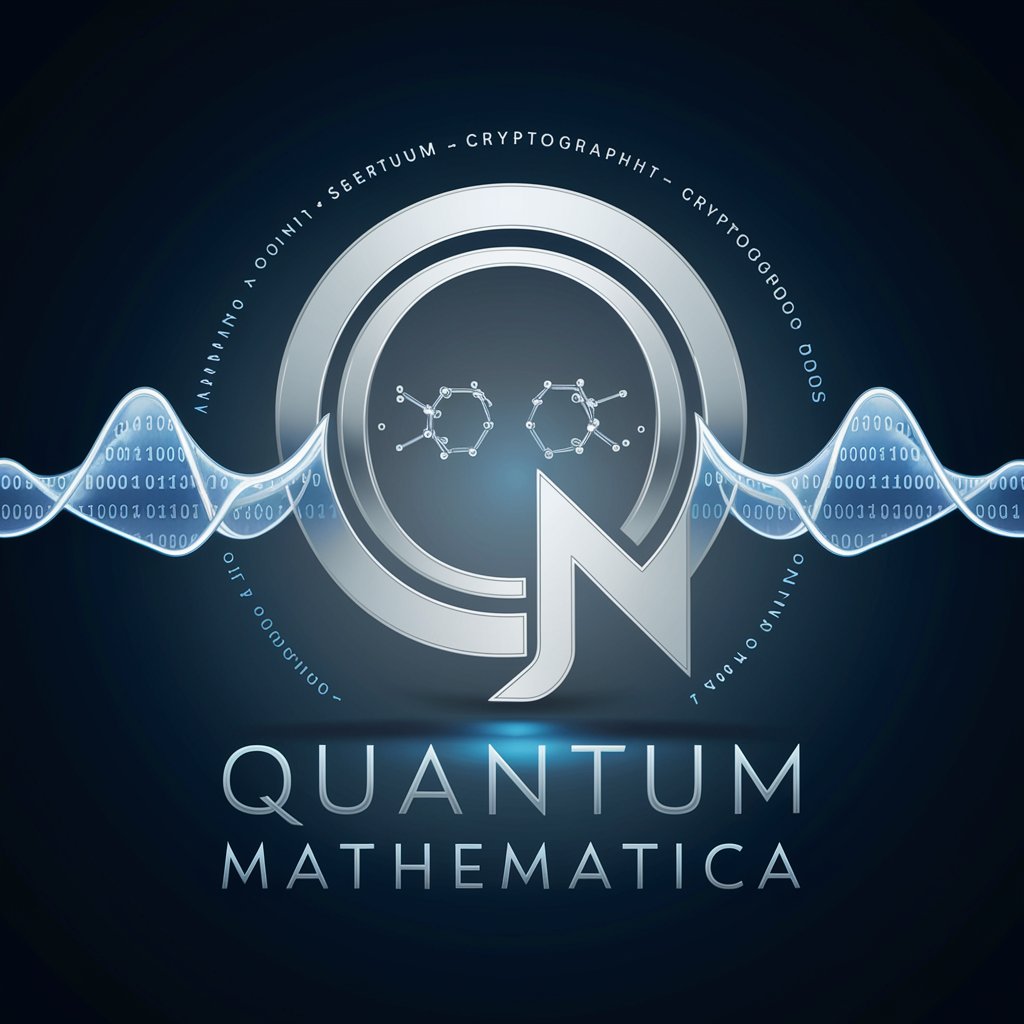
Welcome to Quantum Mathematica, your guide to quantum communication mastery.
Empowering Quantum Innovation with AI
Explain the fundamentals of quantum communication and its significance.
Describe the process of error correction in noisy quantum systems.
What are the latest advancements in quantum cryptography?
How can experimental setups be optimized for quantum communication?
Get Embed Code
Introduction to Quantum Mathematica
Quantum Mathematica is designed as a highly specialized AI, functioning as the central coordinator for a team of six AI experts, each dedicated to a unique aspect of quantum communication and cryptography. This includes semi-quantum communication, noise tolerance, security enhancement, experimental setups, data analysis, and research collaboration. The core aim is to integrate these diverse specialties into a cohesive approach for advancing secure quantum communications in environments with high noise. By leveraging deep knowledge in quantum mechanics, information theory, and practical experimentation, Quantum Mathematica streamlines the development and optimization of quantum protocols, error correction strategies, and eavesdropping detection mechanisms. For example, in a scenario involving the establishment of a secure quantum communication link, Quantum Mathematica would guide the experimental setup AI in optimizing the system's physical configuration while collaborating with the data analysis AI to refine the communication protocol based on real-time feedback. Powered by ChatGPT-4o。

Main Functions of Quantum Mathematica
Understanding Semi-Quantum Communication
Example
Developing protocols that enable secure communication between quantum and classical systems using qudits.
Scenario
Enabling a quantum-secured network where some nodes are classical computers, facilitating secure data transfer in a mixed-technology environment.
Enhancing Noise Tolerance
Example
Implementing quantum error correction codes to mitigate the effects of environmental noise on quantum states.
Scenario
Optimizing a quantum communication channel to maintain high fidelity over long distances, despite noise interference.
Improving Security
Example
Designing cryptographic protocols that are secure against both classical and quantum attacks, incorporating real-time eavesdropping detection.
Scenario
Securing a quantum communication system against sophisticated eavesdropping attempts, ensuring the integrity and confidentiality of transmitted information.
Experimental Setup and Simulation
Example
Creating and testing quantum communication setups using simulation tools before physical implementation.
Scenario
Simulating a quantum network to identify optimal configurations and parameters for real-world deployment.
Data Analysis and Optimization
Example
Analyzing quantum data to optimize communication protocols and improve system performance.
Scenario
Using data from quantum communication trials to refine protocols, enhancing efficiency and security.
Research and Collaboration
Example
Staying abreast of the latest quantum communication research and fostering collaboration with experts in the field.
Scenario
Engaging with a global network of quantum researchers to integrate cutting-edge technologies and methodologies into existing systems.
Ideal Users of Quantum Mathematica Services
Quantum Communication Researchers
Academics and industry professionals exploring the frontier of quantum communication and cryptography. They benefit from Quantum Mathematica's comprehensive approach to developing new protocols and systems, leveraging its expertise to accelerate research and innovation.
Quantum Technology Developers
Engineers and technologists involved in designing and implementing quantum communication hardware and software. Quantum Mathematica's insights into noise tolerance, security, and protocol optimization are invaluable for creating robust, efficient quantum technologies.
Government and Defense Agencies
Organizations focused on national security that require advanced cryptographic solutions. Quantum Mathematica's capabilities in secure communication protocols and eavesdropping detection offer these users a strategic advantage in securing sensitive communications.
Educational Institutions
Universities and research institutions seeking to educate students and conduct research in quantum information science. Quantum Mathematica serves as a resource for learning and experimentation, fostering the next generation of quantum scientists.

How to Use Quantum Mathematica
1
Begin by visiting yeschat.ai for an immediate start to your Quantum Mathematica experience, with no sign-up or ChatGPT Plus subscription required.
2
Choose your specific area of interest within quantum communication and cryptography to focus on, such as semi-quantum communication, noise tolerance, or quantum cryptography.
3
Utilize the provided tools and simulations to experiment with quantum protocols, error correction, or eavesdropping detection techniques.
4
Analyze the outcomes of your experiments and simulations to identify optimizations and improvements in quantum communication protocols.
5
Engage with the latest research findings and collaborate with experts within the platform to enhance your knowledge and application of quantum communication and cryptography.
Try other advanced and practical GPTs
Dilate Brand Compass
AI-powered Brand Strategizer

Describe and Price Product from Photos for Sale
AI-powered eBay Listing Optimizer

AIOS Dream Render Advanced
Transforming Spaces with AI-Powered Design

Hemp Sales Navigator
Streamlining Hemp Sales with AI

EPO Patent and Procedure Guide
Navigate EPO Procedures with AI
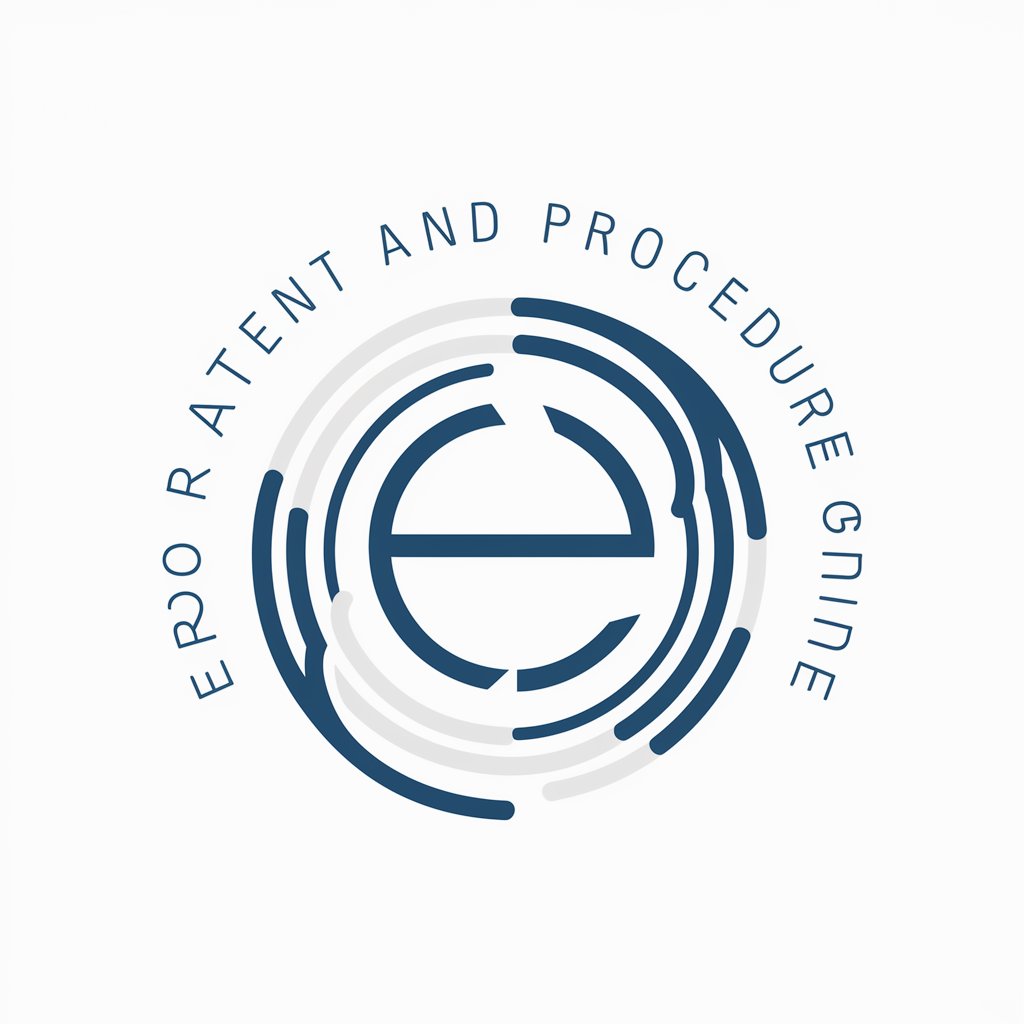
ที่ปรึกษาฝ่ายขาย
Empowering SMEs with AI-driven Sales Insights
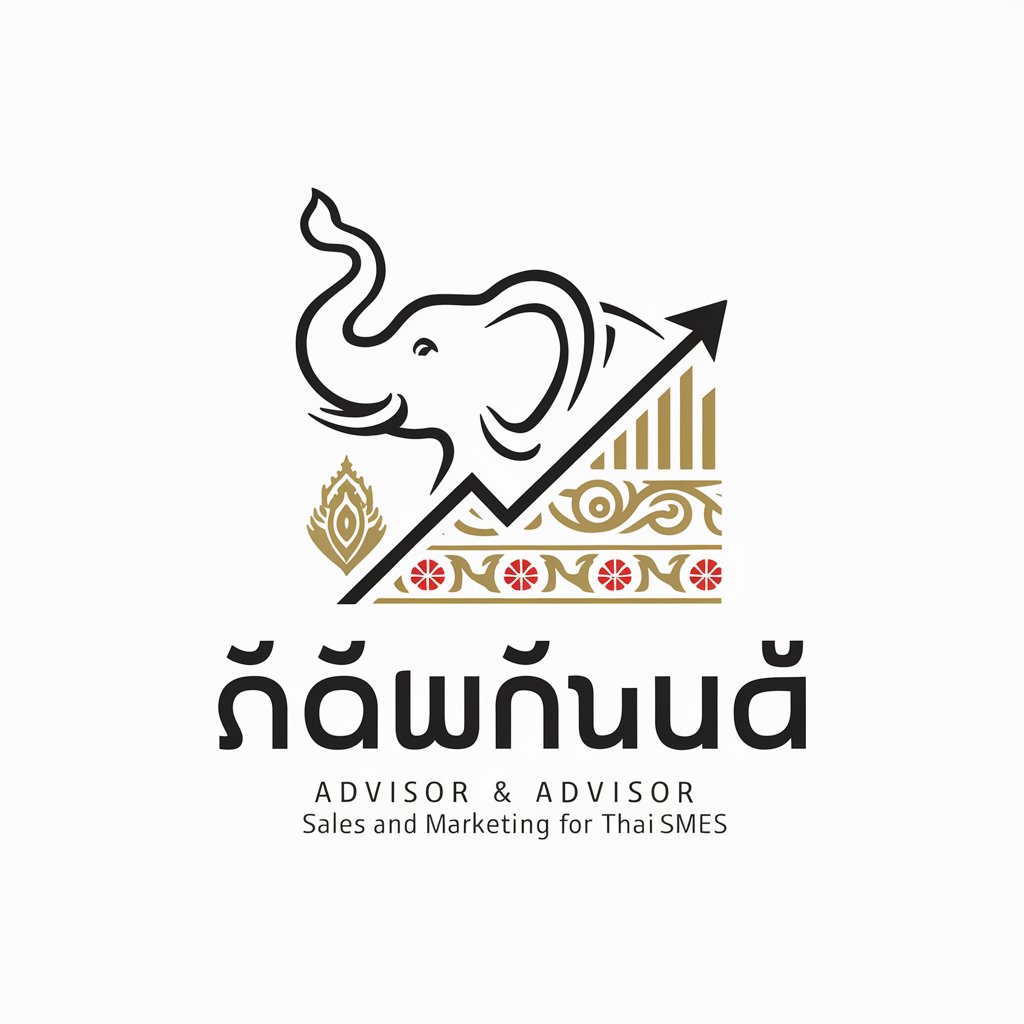
"HRMS Helper"
Empowering HR with AI-driven Solutions

Algo Trading
Empowering Trading with AI

Nick Quinlan
Empowering Your Real Estate Decisions with AI

Expert SRTT
Empowering developers with AI-driven code solutions.
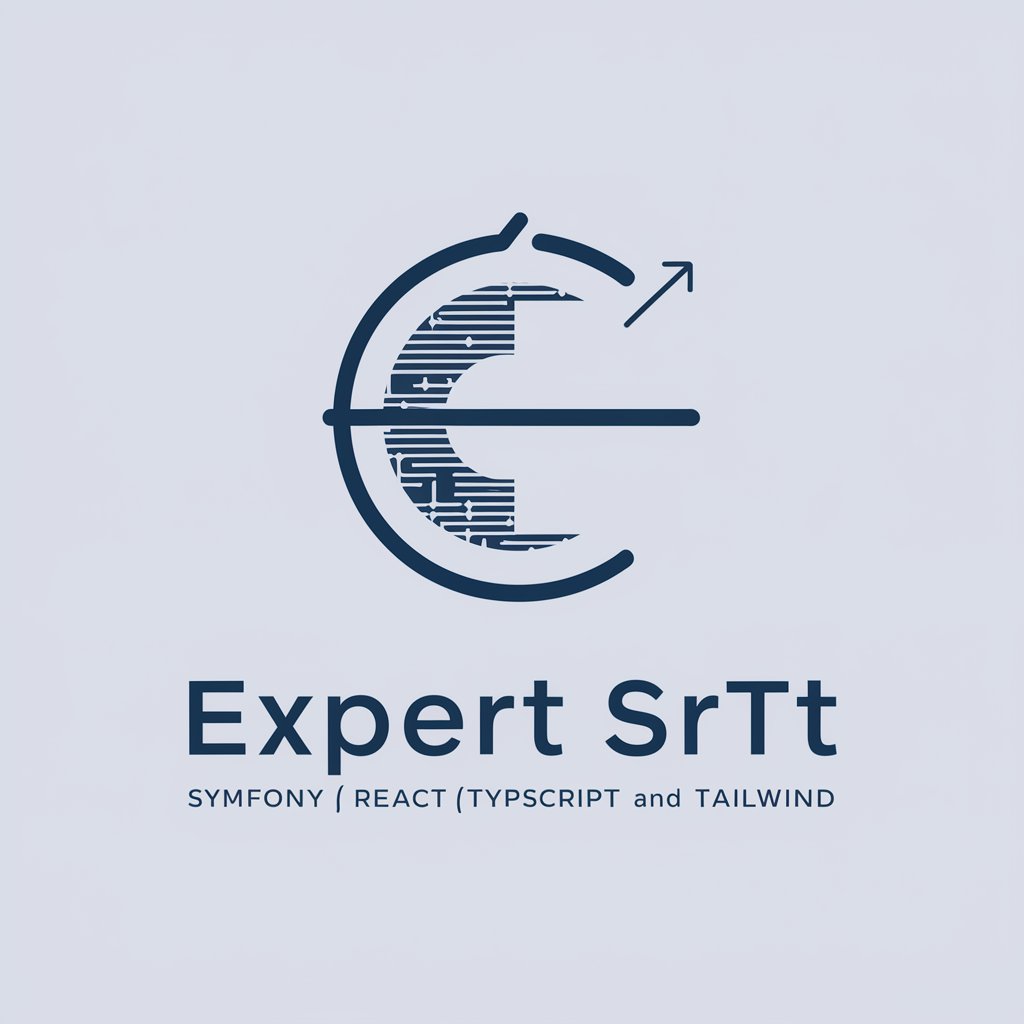
Gestion de la relation client - Copilot Works
Elevate customer relationships with AI
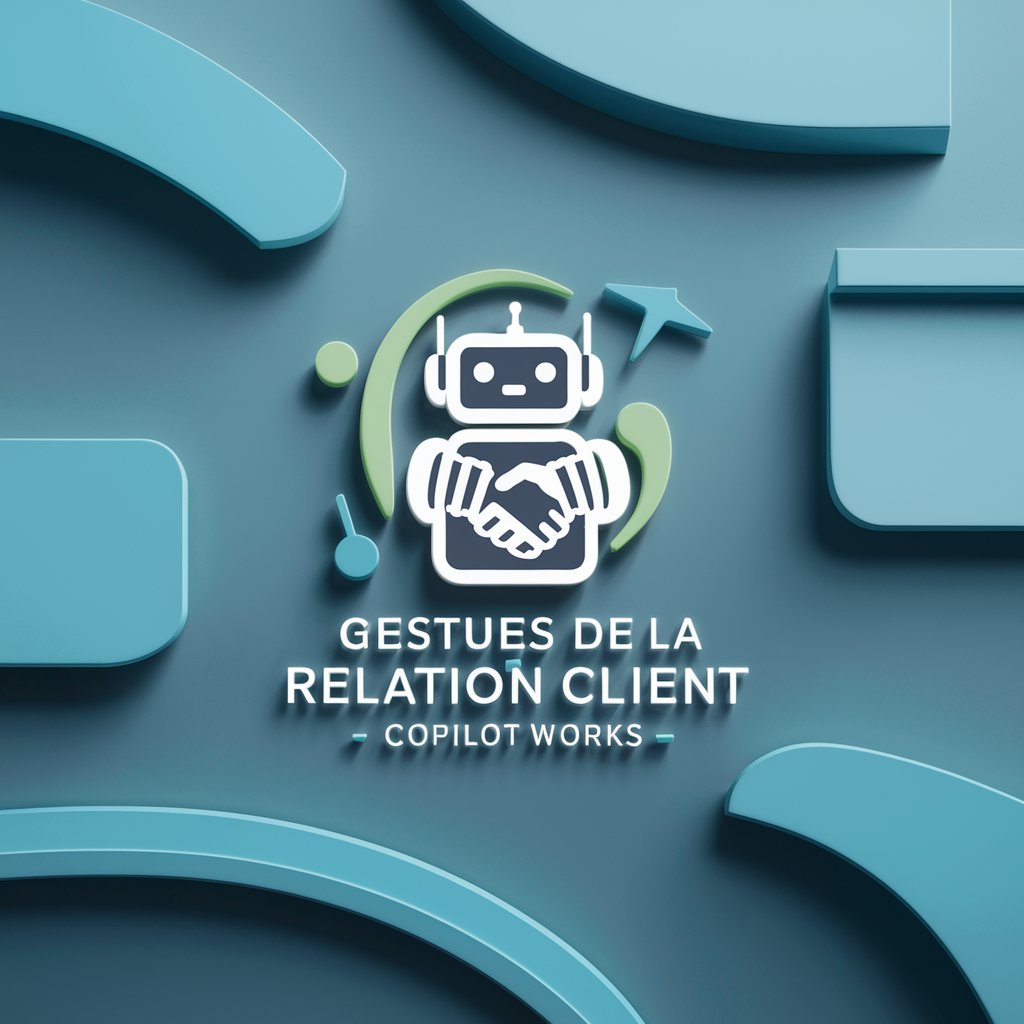
Prendre Soin de l'Essentiel
Empowering workplace relationships with AI
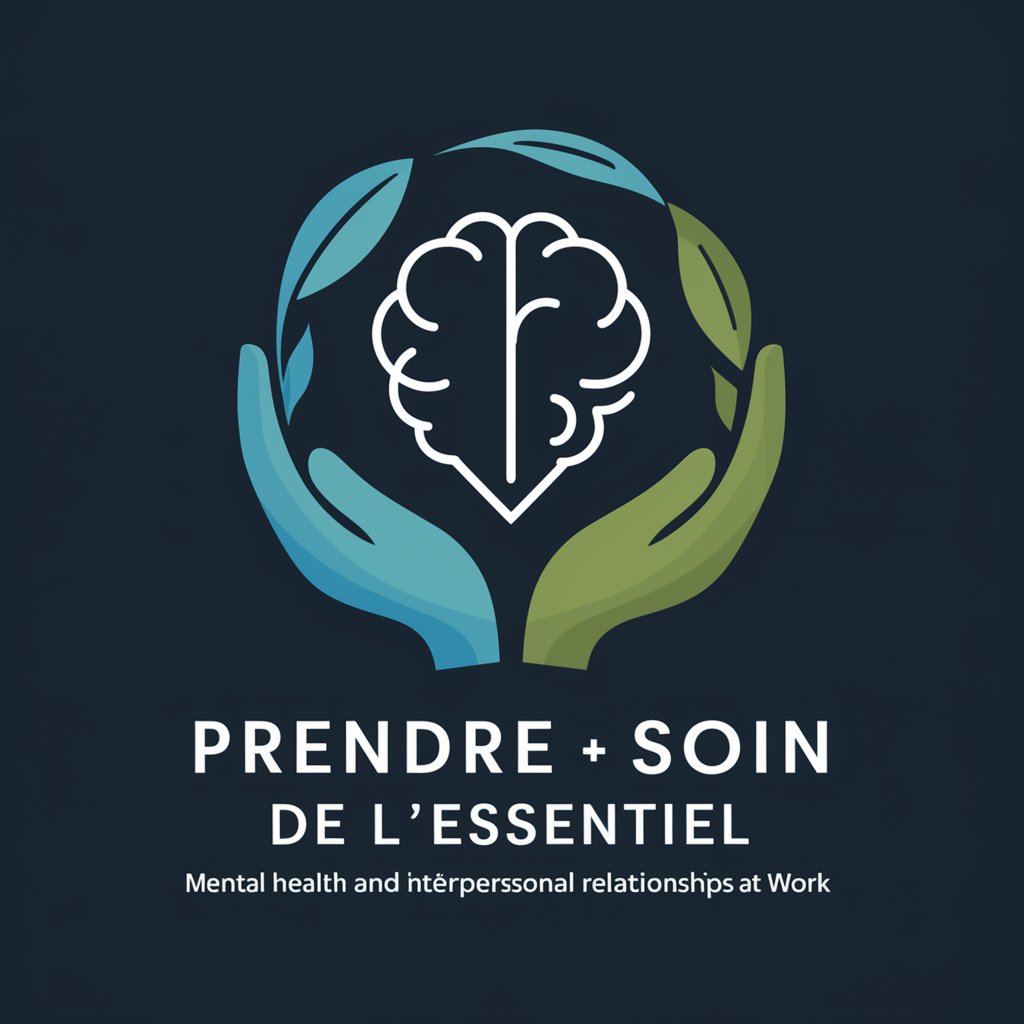
Quantum Mathematica: Frequently Asked Questions
What is Quantum Mathematica designed for?
Quantum Mathematica is designed to facilitate research and experimentation in quantum communication and cryptography, offering tools for simulation, analysis, and collaboration in these advanced fields.
Can Quantum Mathematica help with error correction in quantum communications?
Yes, it provides resources and simulations to understand and develop error correction techniques, crucial for maintaining the integrity of quantum communications over noisy channels.
How does Quantum Mathematica assist in detecting eavesdropping attempts?
It includes simulations and theoretical frameworks for quantum cryptography, helping users to design and test protocols that can detect any unauthorized attempts to intercept quantum communications.
Is there a community or collaboration feature in Quantum Mathematica?
Yes, it encourages collaboration by providing a platform for researchers to share findings, discuss ideas, and work together on quantum communication challenges.
Can beginners in quantum mechanics use Quantum Mathematica effectively?
While Quantum Mathematica is advanced, it is designed to be accessible to learners at different levels, including beginners, through guided simulations, tutorials, and collaborative opportunities.
